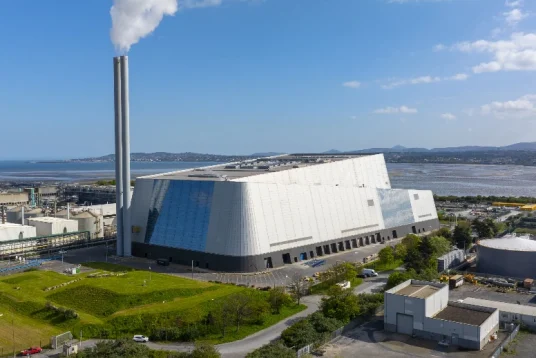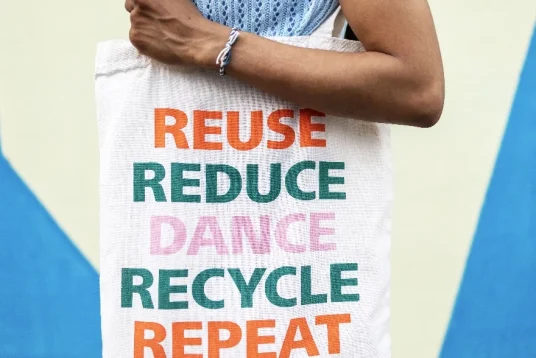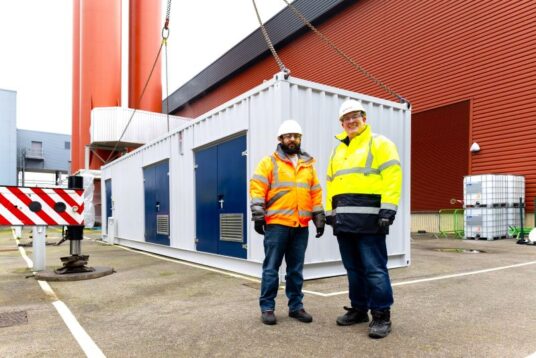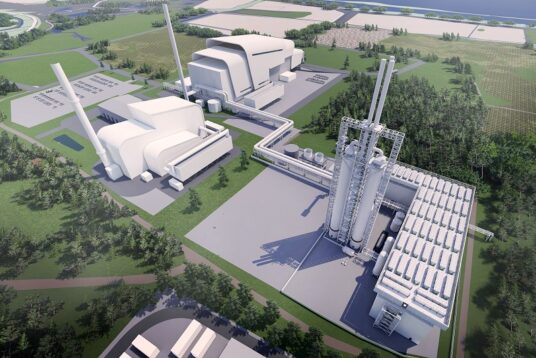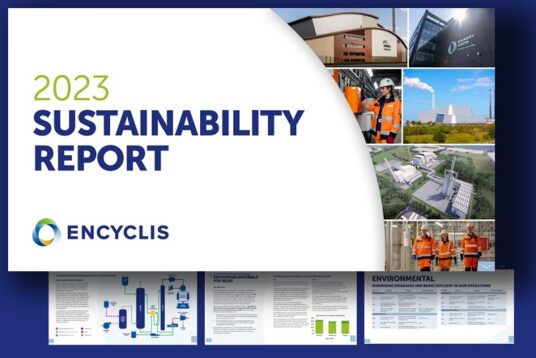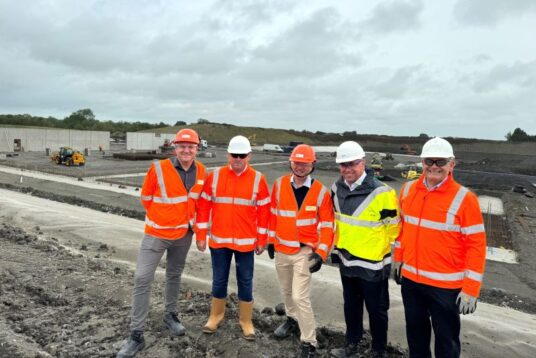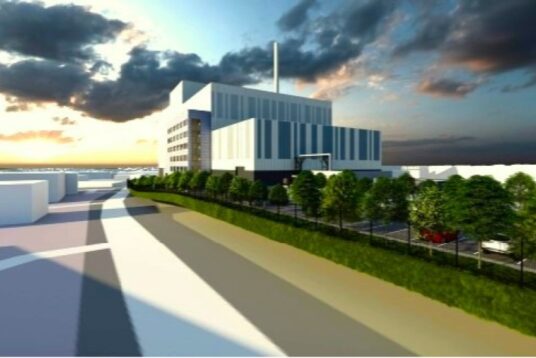
What is the circular economy?
The circular economy seeks to maximise the usage of resources, materials, and products by ensuring they remain in circulation for as long as possible.
Unlike the traditional linear economy, which follows a “take-make-waste” pattern, the circular economy promotes strategies that include the design of durable, sustainable products and the practices of reusing, repairing, refurbishing, and recycling. The ultimate goal is to extend the life cycle of products, reduce waste, and conserve valuable resources.
The circular economy has emerged as a powerful response to the environmental, social, and economic challenges posed by the linear model of production and consumption. By emphasising resource efficiency, sustainability, and waste reduction, the circular economy offers a way forward for industries, governments, and consumers alike.

How does the circular economy work?
Historically, the linear model of production dominated the global economy, based on cheap raw materials and energy, coupled with a relatively low awareness of environmental impact.
However, this model, while driving economic growth, led to the depletion of natural resources, pollution, and an increase in waste. This system of “take, make, and dispose” is no longer sustainable in a world facing resource scarcity and population growth.
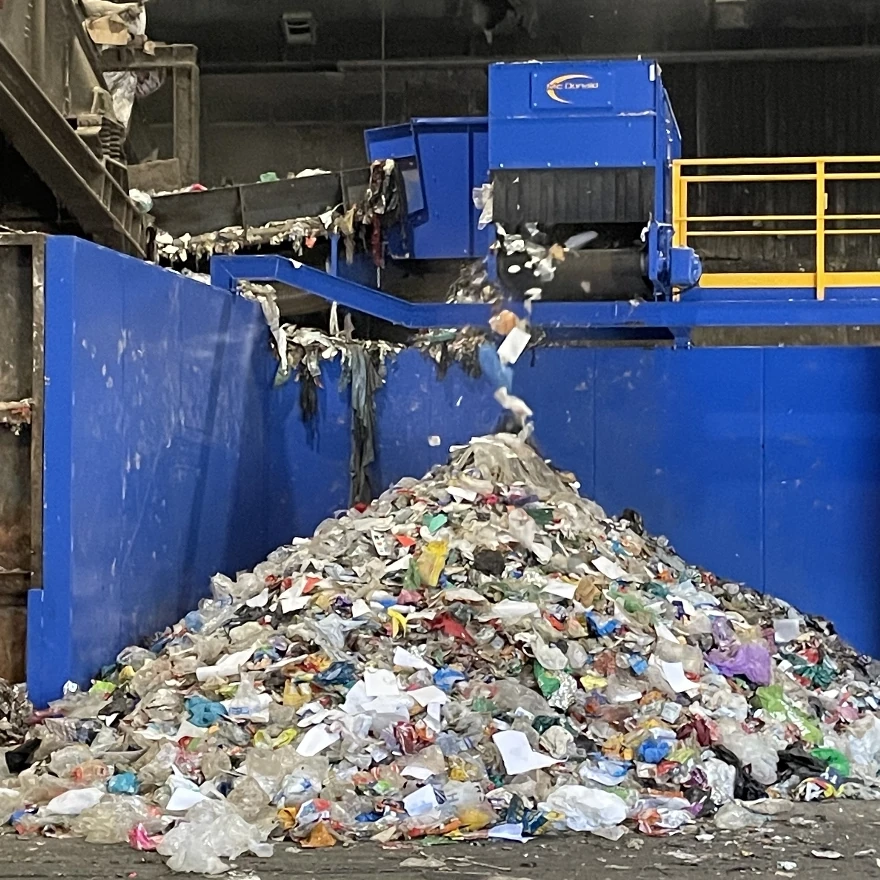
In contrast, the circular economy operates as a continuous loop, relying on the reuse of existing materials instead of the extraction of virgin resources.
The aim is to keep valuable materials such as metals, plastics, and textiles circulating within the economy through repair, reuse, and recycling processes. By prioritizing sustainable production and consumption, the circular economy reduces reliance on raw material extraction, thus lessening environmental harm.
Moreover, the circular economy addresses not only material waste but also organic waste, such as food scraps, wood, and plant-based materials. These materials are returned to the soil, enriching it and promoting environmental restoration.
The true vision of a circular economy is to eliminate waste. Efforts to do so are focused on the higher levels of the waste hierarchy, with efforts to reduce production and consumption that depends on raw materials, while preserving existing materials for onward use wherever possible.
Energy-from-Waste exists to deal with the residual waste that exists after those efforts have been exhausted, and seeks to make best possible use of materials that would otherwise go for disposal. In this way, Energy-from-Waste supports the transition to a more circular economy.
Why is the circular economy important?
We can no longer assume an endless supply of virgin materials and unlimited storage for waste.
Our planet’s resources are finite, and our current patterns of consumption are unsustainable. The circular economy model presents an opportunity to reverse some of the damage caused by the linear economy and to create a more sustainable and regenerative system.
A fundamental part of this transformation is moving away from the idea of unlimited resource availability. In fact, the Global Footprint Network has estimated that humanity is using nature at a rate 1.75 times faster than the Earth can replenish itself. This over-consumption leads to deforestation, soil degradation, and a loss of biodiversity, all of which threaten our ecosystems and, by extension, our way of life.
The importance of the circular economy extends beyond ecological considerations. It is also seen as a business imperative. According to a survey by Bain & Company, by 2030, executives expect that revenue from circular products and services will have increased by 30% compared to 2021 levels. This growth is fuelled by the increasing demand for sustainable solutions and the recognition that circular practices can drive both profitability and long-term business resilience.
What are the benefits of a circular economy?
The transition to a circular economy offers a wide array of benefits, not only for the environment but also for businesses, governments, and consumers.
Some of the primary advantages include:

Resource conservation
By using materials more efficiently and recycling products at the end of their life cycle, the circular economy reduces the demand for raw materials, helping to preserve valuable natural resources.
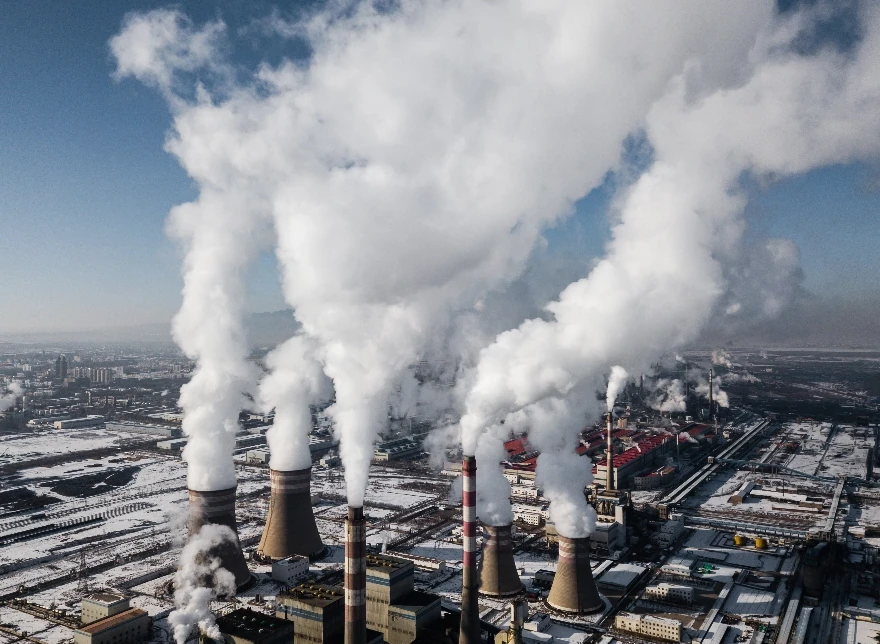
Reduction of greenhouse gas emissions
The shift from producing new goods from raw materials to using existing resources helps decrease the emissions associated with manufacturing and packaging.
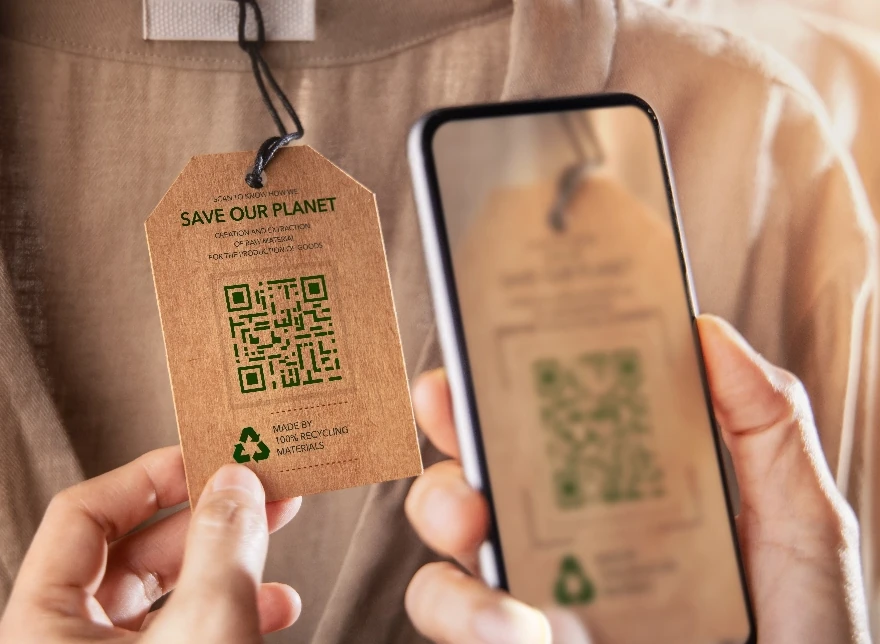
Encouragement of innovation
The circular economy promotes new business models and manufacturing techniques, fostering innovation in sustainable product design, resource management, and service delivery.
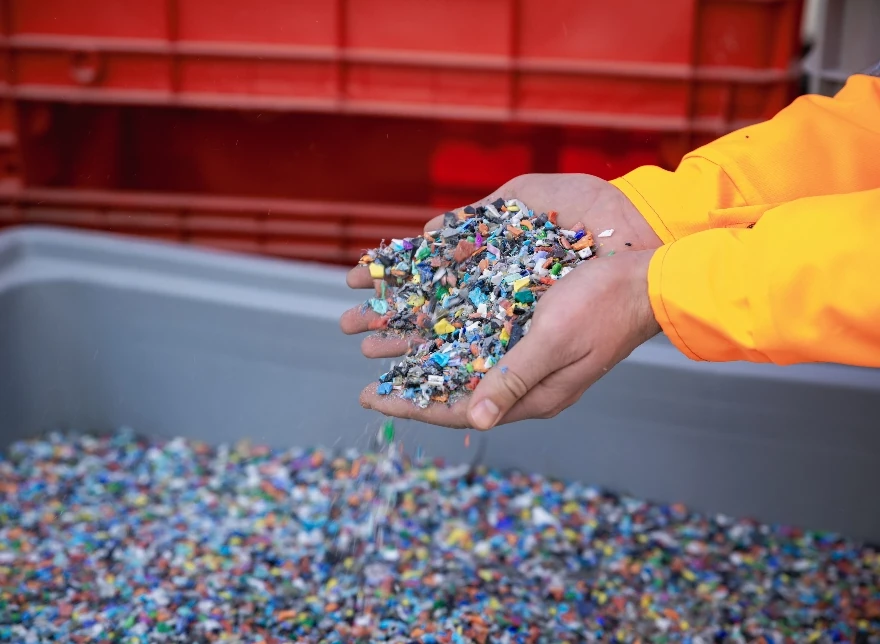
Long-term cost savings
Products designed for durability and repair, along with recycling and reuse, can result in significant cost savings over time. Additionally, businesses that adopt circular practices may benefit from increased operational efficiency and reduced waste disposal costs.

Biodiversity protection
The reduction of natural resource extraction and landfilling protects biodiversity and preserves ecosystems and landscapes for future generations.
How does Energy-from-Waste fit into a circular economy?
The waste-to-energy process plays an essential role in reducing landfill dependency and optimising the utility of residual materials.
One of the most compelling aspects of the circular economy is how it integrates circular economy waste-to-energy solutions. Waste-to-energy processes convert non-recyclable waste into usable forms of energy, such as electricity and heat. This is particularly important in a circular economy, where the goal is to reduce waste and maximize resource recovery.
Unlike traditional waste management approaches like landfill, where valuable materials are lost forever, energy-from-waste technologies ensure that residual waste can still contribute to the economy in a meaningful way. Energy-from-waste plants generate power and heat while also recovering metals for recycling and converting bottom ash into materials for construction.
The objective of the circular economy, in its truest form, is to eradicate waste. But while waste exists that cannot be reused or recycled, energy from waste supports the transition by recovering resources from residual waste that feed back into society.
Supporting the circular economy
At Encyclis, we are deeply committed to supporting the circular economy in several key ways.
Our efforts include:
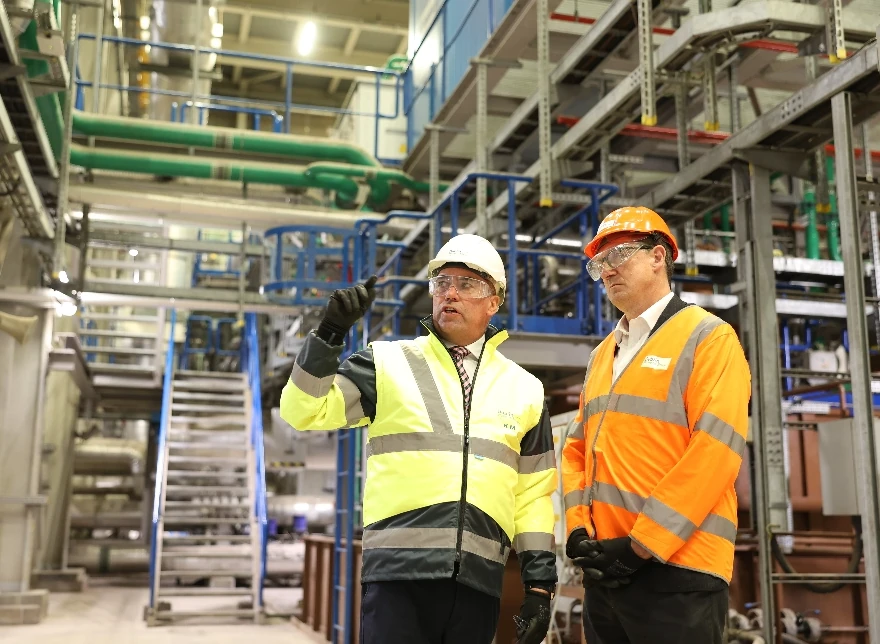
Partnerships for sustainable heating
We work with local partners to develop district heating systems that reduce reliance on fossil fuels, helping transition to a circular economy.
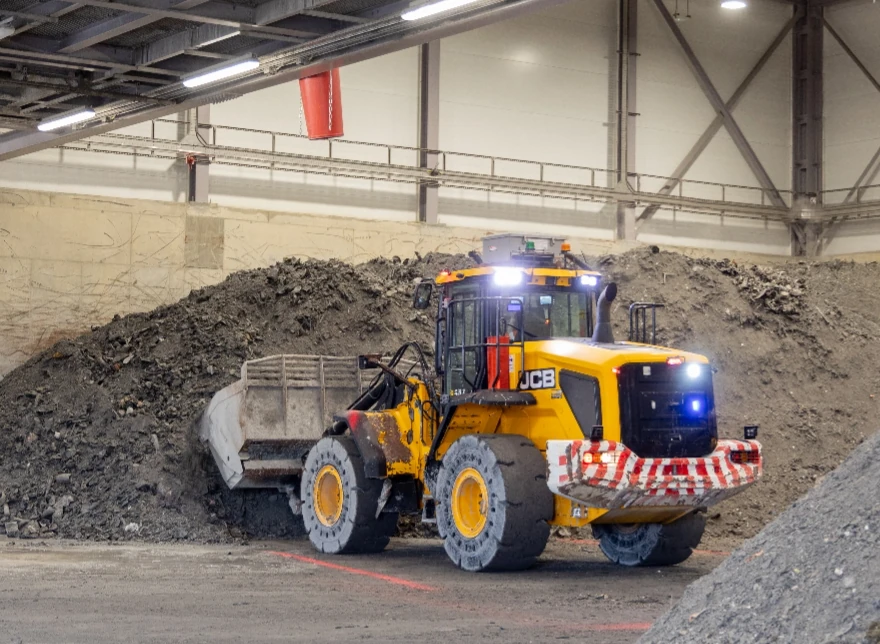
Resource recovery from residual waste
We actively recover metals and ash from waste, which are then repurposed for use in construction and other industries, preventing the need for virgin material extraction.
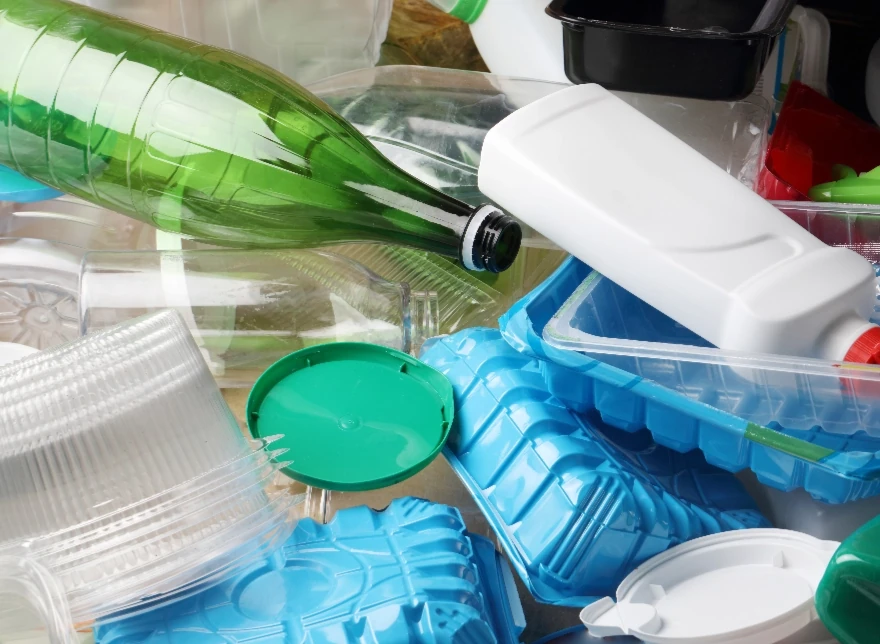
Promoting waste reduction
We engage with our supply chain partners to promote practices that reduce waste, reuse materials, and encourage recycling. This includes efforts to eliminate plastics from waste streams, contributing to the broader goal of reducing environmental impact.
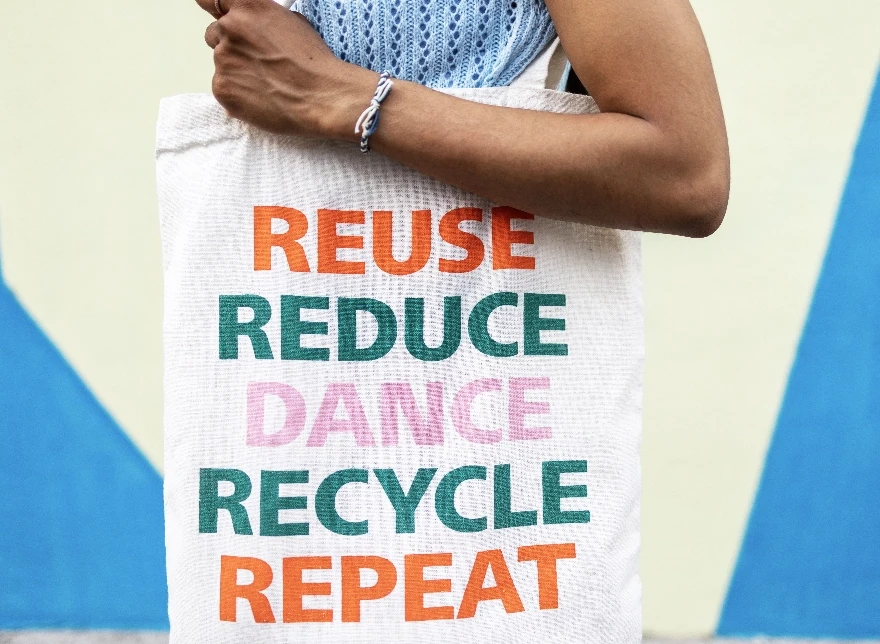
Through these efforts, we continue to support the transition to a circular economy, one that values sustainability, resource conservation, and environmental responsibility.
The circular economy represents a paradigm shift that prioritizes sustainability, resilience, and long-term value over short-term gains. By embracing circular economy principles, businesses, governments, and individuals can play a pivotal role in shaping a more sustainable future for generations to come. From waste reduction to waste-to-energy solutions, the circular economy offers a framework for transforming our relationship with the environment, ensuring that resources are used efficiently and responsibly for years to come.
Encyclis news
